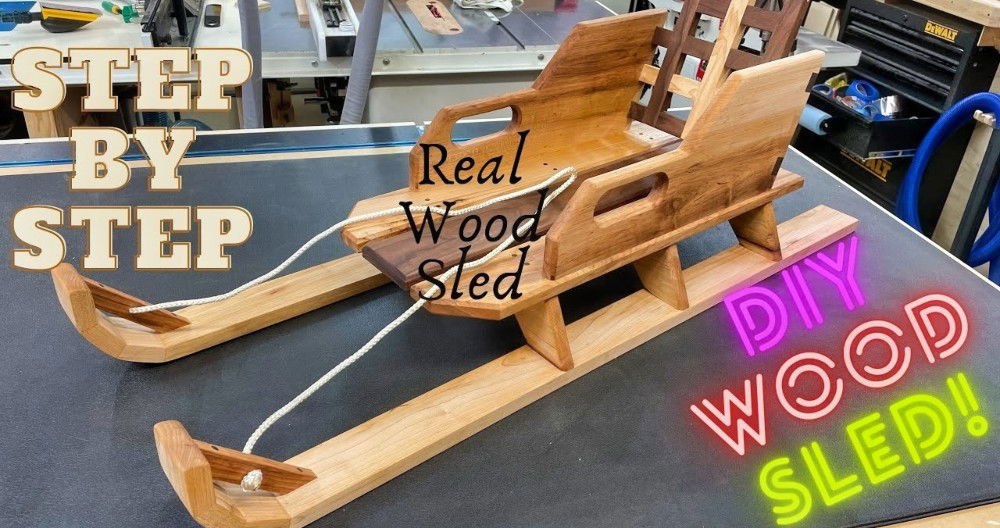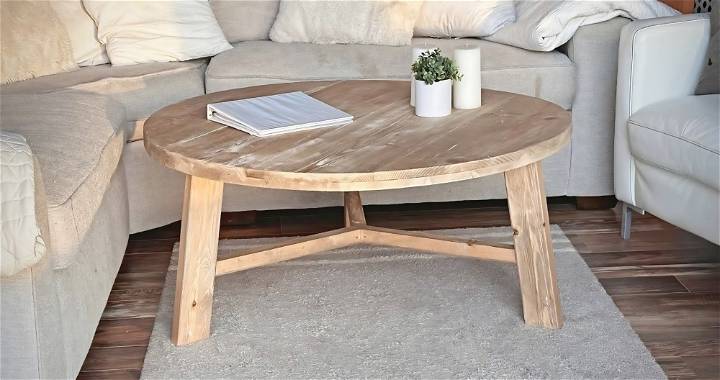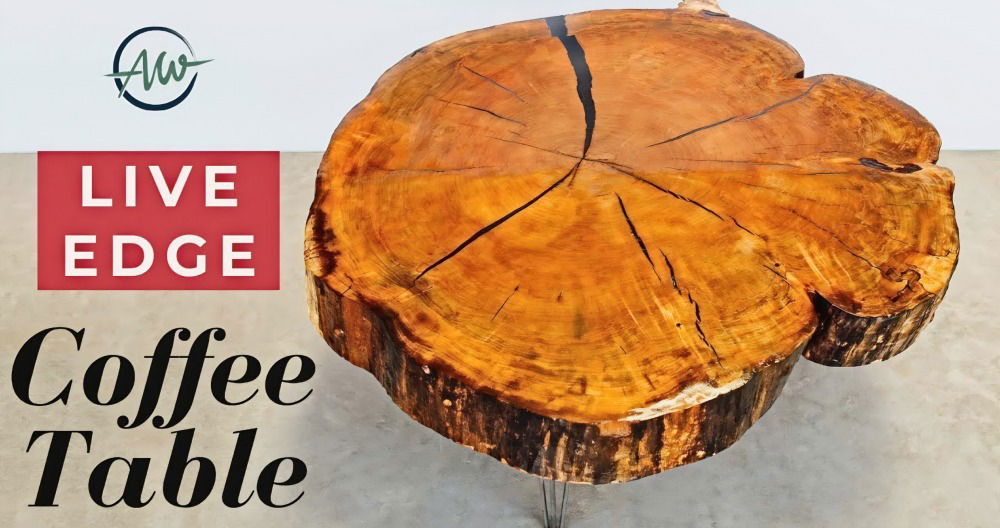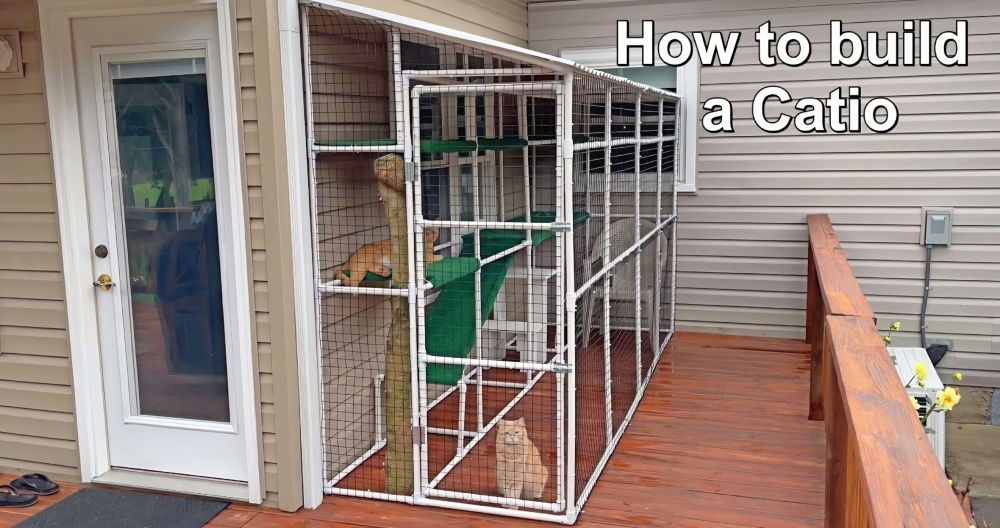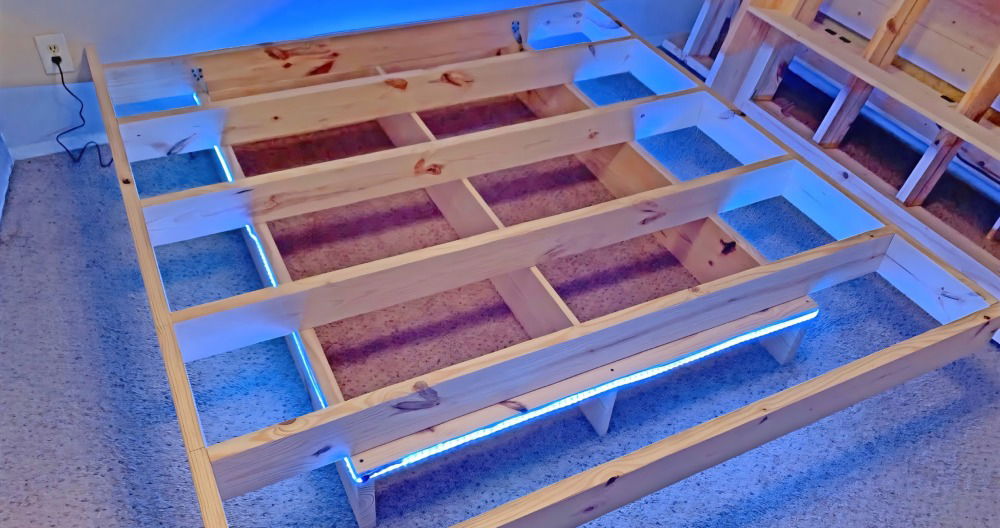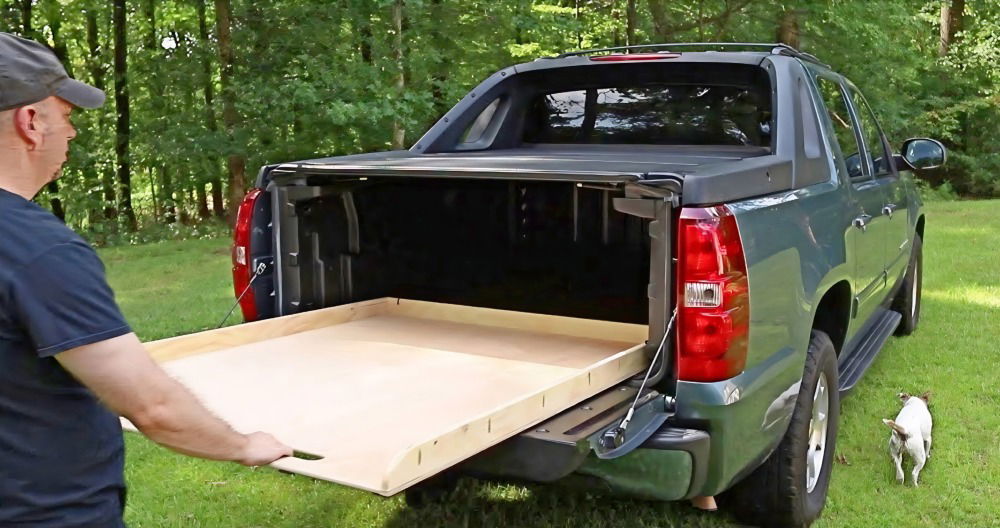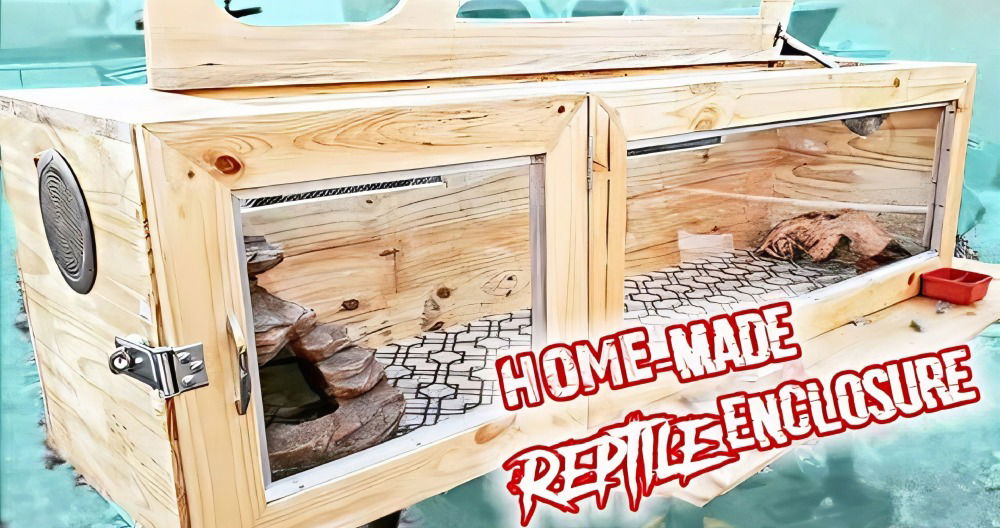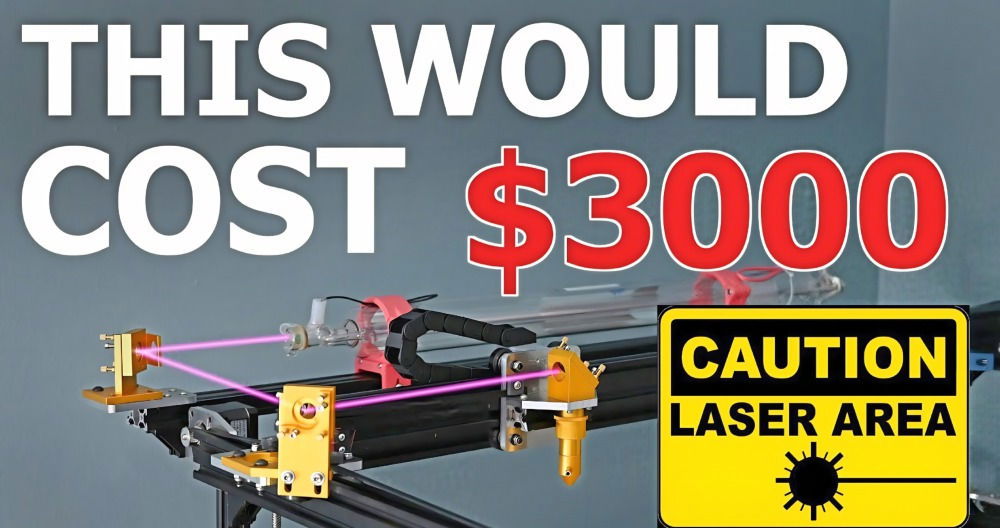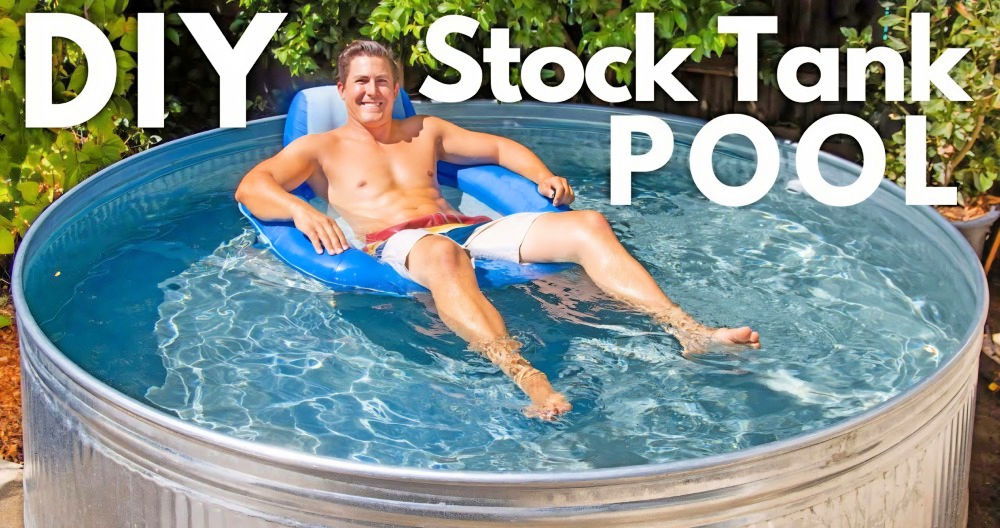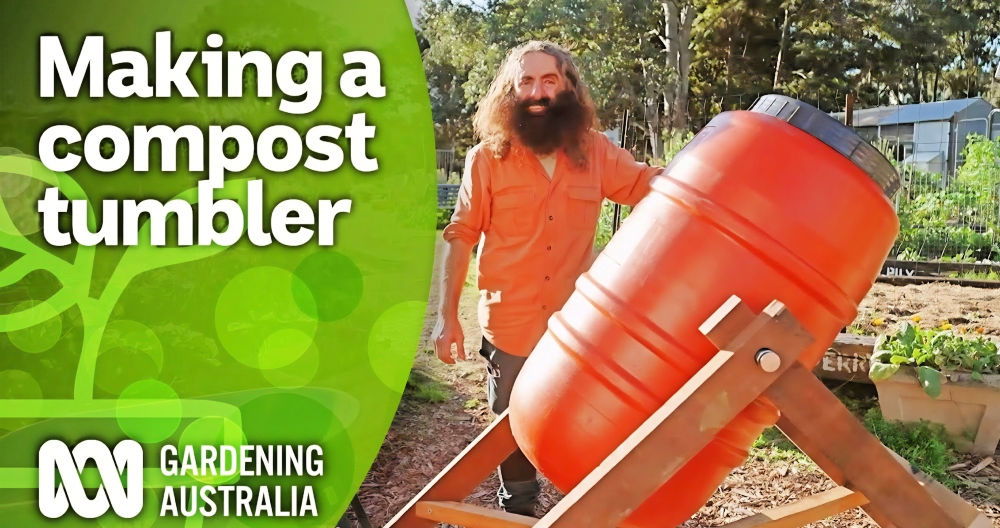Building a DIY snow machine brings a lot of joy, especially when you want to experience snow without winter. I remember building my own snow machine with some basic materials from the hardware store. It wasn't too difficult, but following the instructions carefully was essential. This experience gave me thrilling memories, and the challenge was very satisfying.
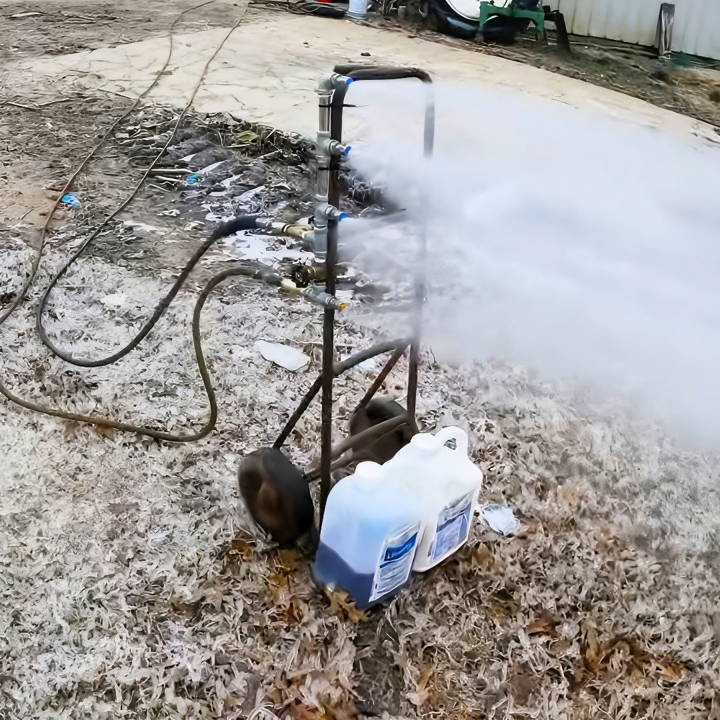
Making a DIY snow machine requires some simple tools and patience. First, gathering the materials like PVC pipes, a garden hose, and a high-pressure nozzle is key. Carefully assembling and testing the components ensured everything worked perfectly. Seeing the first snowflakes from the machine was magical, and knowing I had made it myself filled me with pride.
Gathering the Essential Materials
For starters, knowing what materials you need is crucial. My shopping list was born from a mix of online tutorials and a helpful chat with James over at the local hardware store. Here's what I ended up getting:
- Pressure Washer: Key to making snow, not just mud. You'll want one that's capable of 1.3 to 2.5 gallons per minute. Mine was a bit overkill at 3.6 GPM, hence I included a gate valve to regulate the flow.
- Air Compressor: It needs to pump out a minimum of 5 CFM (cubic feet per minute). The size matters here; too small, and you'll just spit mist.
- Half-inch Tubing and Fittings: Pipes, elbows, tees, bushings. The bones of my snowmaker.
- Mixing Valve: For blending air and water, which turns out to be significantly more important than I initially thought.
- Spray Tips (80/03 and 80/01): They determine the spray pattern and size of your snow particles.
- Teflon Tape, Gate Valves, and Quick Connects: For tightening, controlling flow, and connecting to the pressure washer and air compressor.
These items are crucial for snowmaking. Specifically, the mixing valve regulates air and water blending, essential for snow creation instead of ice.
Step by Step Instructions
Discover easy DIY snow machine instructions, including assembly, testing, and troubleshooting, for a winter wonderland at home. Perfect for festive events!
Assembly: Where Theory Meets Practice
Following internet instructions like a loose guide, I built my contraption. It was a marvel of DIY engineering: a network of pipes assembled with more hope than precision. The key steps involved:
- Securing all joints with Teflon tape: Prevents leaks, which I learned the hard way after my first test spray turned my backyard into a bidet.
- Attaching the pressure washer hose and air compressor line: Ensuring these were securely fastened was crucial since any disconnection at high pressure could turn my snowmaker into a missile.
With growing anticipation and the sun dipping below the horizon, I was eager to test my creation. Turning on the water and air, I adjusted the gate valve and watched as mist sprayed out, not snow, but also not just water. It was somewhere in between, hinting that I was on the right path but not quite there yet.
The First Test
The forecast called for a drop in temperature that could potentially reach the magical snow-making range. But despite the cold and my excitement, my first attempt produced something closer to a slushie than the powdery snow I'd envisioned. It turns out, the devil is in the details—or in this case, the temperature and humidity, which weren't optimal. I needed a wet bulb temperature below 29.5 degrees Fahrenheit, a concept I was vaguely aware of but didn't fully understand until this project forced me to.
Fine-Tuning: A Series of Unfortunate Events
It was during my multiple attempts to build snow that I learned the most. Each failure was a lesson:
- Temperature is Everything: Just because it feels cold doesn't mean it's cold enough for snowmaking. Monitoring both temperature and humidity is crucial.
- Adjustment is Key: The mixing valve controls the air-water blend; too much water and you get ice, too little and you get mist.
- Patience Pays Off: At one point, after numerous tweaks and adjustments, I finally achieved a semblance of snow. Not the ski-worthy powder I had dreamed of, but a significant milestone.
Through trial and error, I discovered the importance of dialing in the exact mixture of air and water and the impact of ambient conditions on snow production. In my enthusiasm, I overlooked these fundamental principles, resulting in a backyard experiment that was as much about making snow as it was about learning the fine balance of nature's elements.
The Final Outcome
After several weeks of adjustments, watching weather forecasts like a hawk, and understanding the scientific principles behind snowmaking, success finally came. Granted, the "snow" was a far cry from the powdery slopes of Aspen, more akin to a thin layer of frost, but it was mine. I had manufactured winter, albeit on a small and somewhat unimpressive scale.
Customization Ideas for Your DIY Snow Machine
Building a snow machine is a fun project. Enhance its performance and personalize it with these customization ideas for a unique winter wonderland.
- Choose the Right Nozzle Design The nozzle is the heart of your snow machine. You can opt for an internal mix design, which combines air and water inside the snow machine, or an external mix, which does this outside the body. Each has its benefits, and your choice will affect the snow's quality and quantity.
- Experiment with Different Materials While building your snow machine, you have the freedom to choose materials that suit your needs and budget. From durable metals to lightweight plastics, select materials that will withstand cold temperatures and frequent use.
- Incorporate Colorful Lighting Add LED lights to your snow machine to build a magical, colorful snowfall. You can use waterproof strip lights or spotlights to illuminate the snow as it falls, making your snowy landscape even more enchanting.
- Adjustable Snow Output Customize the snow output to suit different occasions. Whether you want a light dusting or a heavy blizzard, having adjustable settings can help you control the ambiance.
- Remote Control Operation For convenience, integrate a remote control system. This will allow you to start or stop the snow machine from a distance, making it perfect for surprise snowfalls during parties or events.
- Sound System Integration Consider adding a sound system to your snow machine. This could play winter-themed music or sound effects to enhance the atmosphere of your snowy scene.
- Eco-Friendly Options Think about the environment when customizing your snow machine. Use eco-friendly antifreeze in the water mixture to protect your garden and local wildlife.
Incorporate these ideas to make your snow machine more effective and fun. Creativity and trying new things are key. Enjoy customizing your snow machine!
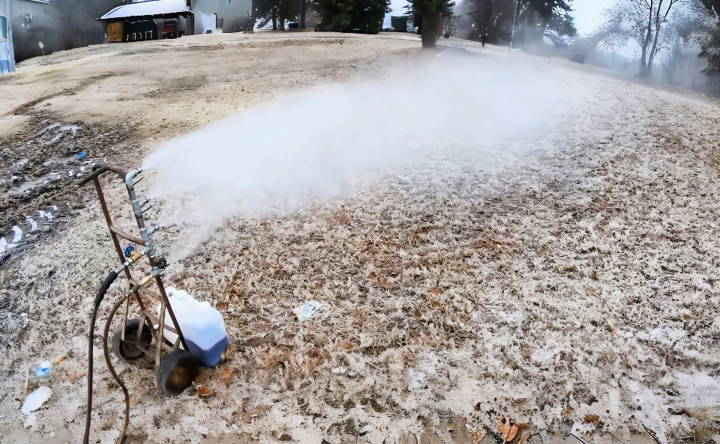
Advanced Techniques and Innovations
Snow machines keep improving, making winter wonderlands easier and more efficient. Let's look at the latest advancements shaping their future.
- Smart Snow Sensors and Monitoring Systems These systems are a game-changer for snow production. Using technologies like infrared sensors or cameras, they can measure snow depth and detect ice presence accurately. This real-time data allows for better planning and efficient snow production, ensuring you get the right amount of snow when you need it.
- Autonomous Snow Removal Equipment Imagine snow machines that operate on their own! Equipped with advanced sensors and GPS, these autonomous machines can navigate and build snow without needing a person to control them. They're precise, efficient, and reduce the need for manual labor, making snow production safer and more consistent.
- Electric and Hybrid Snow Machines With a push towards sustainability, electric and hybrid snow machines are becoming more popular. They're environmentally friendly, emitting no pollutants, and are quieter than traditional machines. Plus, they require less maintenance, saving you time and money in the long run.
- Innovative Ice-Melting Solutions Moving away from traditional salt-based de-icers, new materials are being used that are kinder to the environment. Liquid brine solutions, for example, are effective at preventing ice and have less impact on plants and water sources. These solutions help keep your snow scene safe and slip-free without harming the surrounding ecosystem.
- Telematics and Fleet Management Systems For those with multiple snow machines, telematics systems can track and manage your fleet. This technology improves efficiency and productivity, ensuring that all your machines are working optimally and are where they need to be when it's time to produce snow.
Incorporate these advanced techniques to lead in snow production tech and boost efficiency. Stay informed and adapt to new advancements.
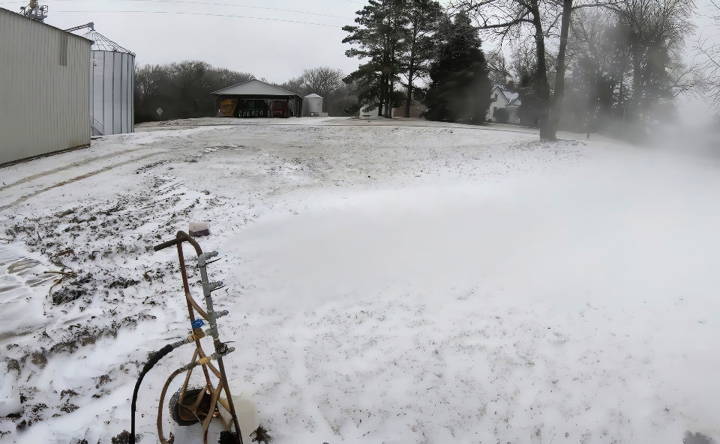
Troubleshooting Common Issues with DIY Snow Machines
Making a winter wonderland with your DIY snow machine can have hiccups. Here's a simple guide to solving common issues and keeping your scene magical.
- Machine Won't Start First, check the power source. If you're using an electric snow machine, ensure it's plugged in and the outlet is functioning. For gas-powered machines, check the fuel level and the engine's oil. If it's battery-operated, make sure the battery is charged.
- Inconsistent Snow Production If the snow output is patchy or weak, inspect the nozzle for clogs. Clear any blockages with a soft brush. Also, check the water pressure; it should be consistent so the machine works correctly.
- Overheating Snow machines can overheat if used for extended periods. If this happens, turn off the machine and let it cool down before restarting. Ensure there's enough ventilation around the machine to prevent future overheating.
- Leaks or Drips Water leaks can occur if the connections aren't tight. Double-check all the hoses and fittings to make sure they're secure. Replace any worn-out parts to prevent water from escaping.
- Noise Issues Unusual noises often indicate a problem. A rattling sound could mean a loose part, while a whining noise might suggest the pump needs attention. Tighten any loose components and consult the manufacturer's guide for pump issues.
- Snow Quality: If the snow is too wet or icy, adjust the water-to-air ratio. Less water will make the snow drier, while more water will make it wetter. Experiment to find the perfect balance for your needs.
Keep these tips in mind to tackle challenges and keep your DIY snow machine running smoothly. Regular maintenance prevents issues.
FAQs About DIY Snow Machine
Get answers to common questions about DIY Snow Machines, including setup, maintenance, and troubleshooting tips to build your own winter wonderland.
A DIY snow machine is a device that you can build at home to produce artificial snow. It typically involves using a pressure washer or air compressor to spray a mist that freezes into snow when the temperature is below freezing.
A DIY snow machine works by combining compressed air and water to build a fine mist. The mist is then expelled into the air, where it freezes and falls as snow. There are two types of mixing methods: internal and external. Internal mix snow machines combine air and water inside the plumbing, while external mix snow machines combine them outside the body of the snowmaker.
To build a DIY snow machine, you'll need a pressure washer or air compressor, high-pressure pipe fittings, nozzles designed for snowmaking, and a stand to elevate the snowmaker. It's important to use parts that can handle the high pressure of the water and air.
No, the weather conditions need to be right for making snow. The temperature should be at or below freezing, and the humidity should be low. Additionally, the wind can affect the quality and direction of the snowfall.
Building and operating a DIY snow machine can be safe if proper precautions are taken. Always use parts rated for high pressure, install check valves to prevent water from backing into the air lines, and wear protective gear like eye and hearing protection when operating the machine. Be aware of the inherent risks involved with handling high-pressure water and compressed air.
What I Learned
In conclusion, making a DIY snow machine is a fantastic way to bring snowy fun to any event. By understanding the basics of how to make a snow machine, you can build magical snow scenes anytime. This cost-effective project is a great addition to winter festivities. Enjoy your homemade snow and the joy it brings!


